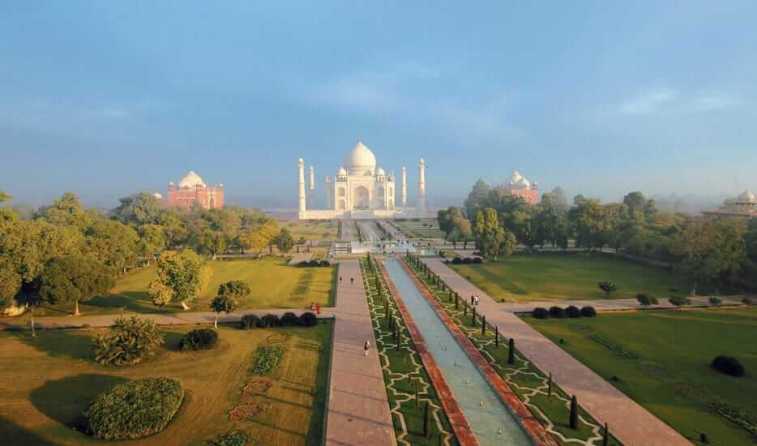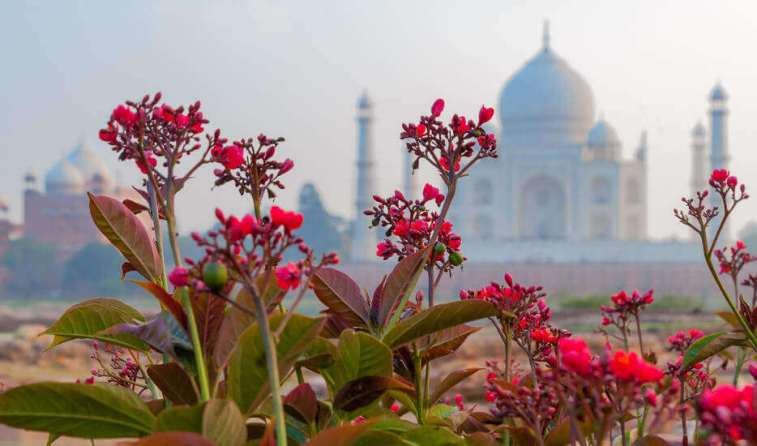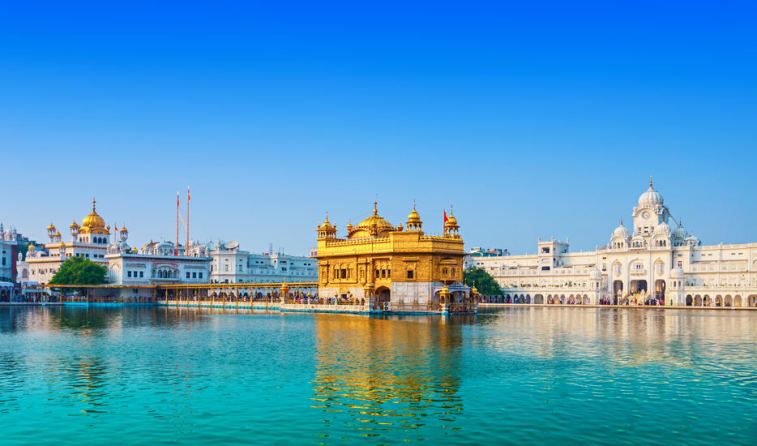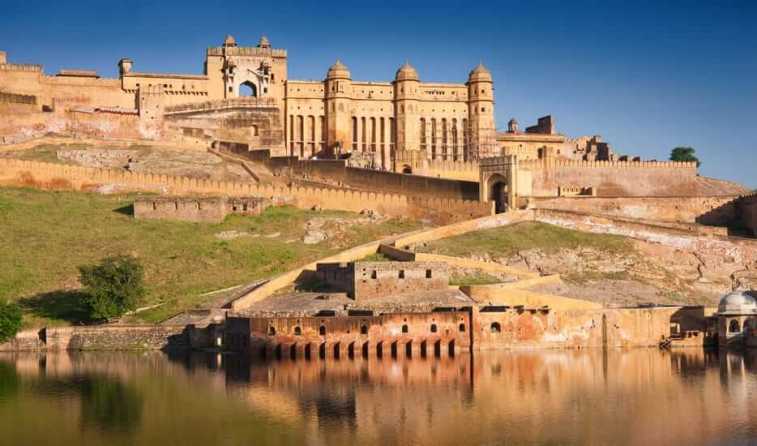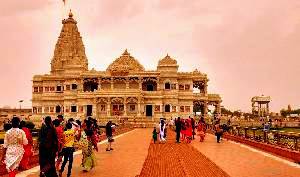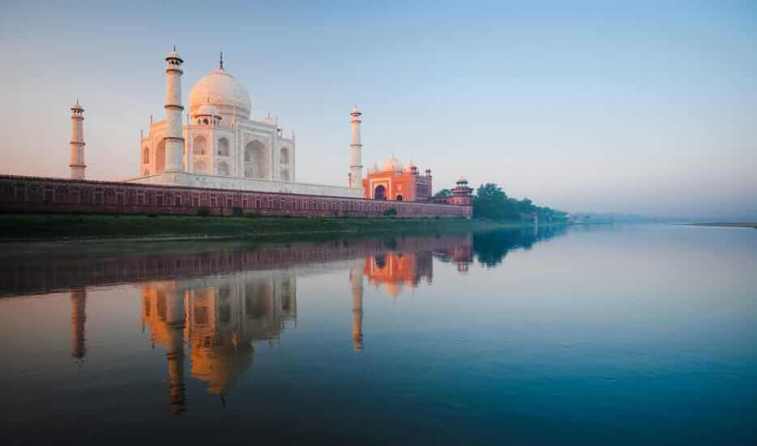Qutub Minar Delhi
The Qutub Minar in Delhi is a highlight that can never fail to fascinate visitors. It is a tower monument that reflects history and heritage. After all, you do not find an architectural masterpiece every day that boasts that it is the highest brick tower in the world and it has been there for more than 800 years.
History
Delhi's Qutub Minar is a five-story structure built by a number of rulers over 4 centuries. It was originally commissioned as a winning tower in around 1192 by Qutb-ud-din Aibak, the founder of the sultanate of Delhi. In 1220, the building was added three floors by his successor Shams-ud-din Iltutmish. Firoz Shah Tughlaq rebuilt the church, adding the fifth and final one while Sher Shah Suri built the entrances to Qutub Minar. In 1803 the Tower was again seriously damaged during an earthquake, about 300 years later. The structure was amended in 1828 by Major Robert Smith, a member of the British Indian Army.
Key Features
The magnificent Qutub Minar has a maximum height of 73 meters. The base is 14.3 meters in diameter and at the top of the base is reduced to 2.7 meters. The building also includes a 379-step spiral staircase. Around the minaret are numerous other buildings that form the Qutub Minar Complex together with the main tower.
The early Afghan architectural style of the tower, inspired by the minaret of Jam in Afghanistan, is widely believed to have been constructed. Each of the five different stories of the minaret has a projected balcony with carefully designed brackets. The fourth floor is made of pure marble while the first three floors are made out of blue red sandstone, the fifth floor being a blend of marble and sandstone. Thanks to the many rulers who built the building partially, the architectural styles from base to top also differ.
In various sections of Qutub Minar there are groups of inscriptions telling their history. The interior of the tower is decorated with carved verses.
Qutub Minar at present
Today it's a popular tourist site in Delhi and is part of the Qutub Minar Complex. It is one of UNESCO's World Heritage Sites in Delhi. Its historical significance and architectural splendour gave it the status in 1993.
Every year during November-December, Qutub Festival, an annual cultural event, takes place in this complex. This three-day festival witness a lively meeting of musicians, dancers and artists, and various mind-blowing performances.
In its Delhi circle of monuments, the Qutub Minar complex is protected under the Architectural Survey of India.
About Qutub Minar Complex, Delhi
The Qutub Minar complex is referred to as the QutubMinar's most famous collection of monuments and buildings in Mehrauli, Delhi, India. In his new village, Qila-Rai-Pithora, near Prithivrai's older town, the first ruler of the Slave Dynasty, Qutb-ud-din Aybak and his successor Iltutmish (akas Altmash) built the complex. In addition to its most famous monument, Qutub Minar has been built on the site of many important buildings and structures including the Quwwat-ul-islam Mosque, the Ala-I-Darwaza, the Alai Minar, and the Iron Pillar.
The complex also includes several other important buildings and structures such as the Quwat-ul-Islam Mosque. The preceding 21 temples in Jain were destroyed and their materials were reused to build the complex's mine and other monuments. The result was the creation of a unique Indo-Muslim architecture that combined Jain and Hindu gods with Islamic characteristics and architectural designs.
The Qutb Minar complex can be seen in two ways. Firstly it illustrates the development of architecture from the early sultanate and, secondly, it can be understood without reference to the broader geographical zone of Delhi or to the wider field of buildings. The historical background is that in 1192 after his conquest of the Ghaznavid states west of Delhi, Muhammad of Ghor (currently Afghanistan) took Lahrore in 1186. Delhi and a growing number of Hindustani principalities were ruled by Muslim sultans and emperors from Muhammad's invasion to the retreat of the last Mughal Emperor in 1857. The population, however, was largely Hindu, particularly away from the courtyard, and the architecture and decoration quickly became recent in the context of the built environment.
The complex consists of some iconic buildings, the main of which is the Minar itself, a winning tower built by the sultans of Ghorid around the beginning of the 13th century. Apart from it, it is a partially ruined mosque built from an incredible array of temple fragments which were taken from the 27 idolization temples, as described in an inscription on the Mosque wall.

